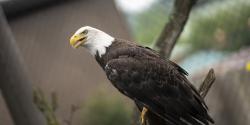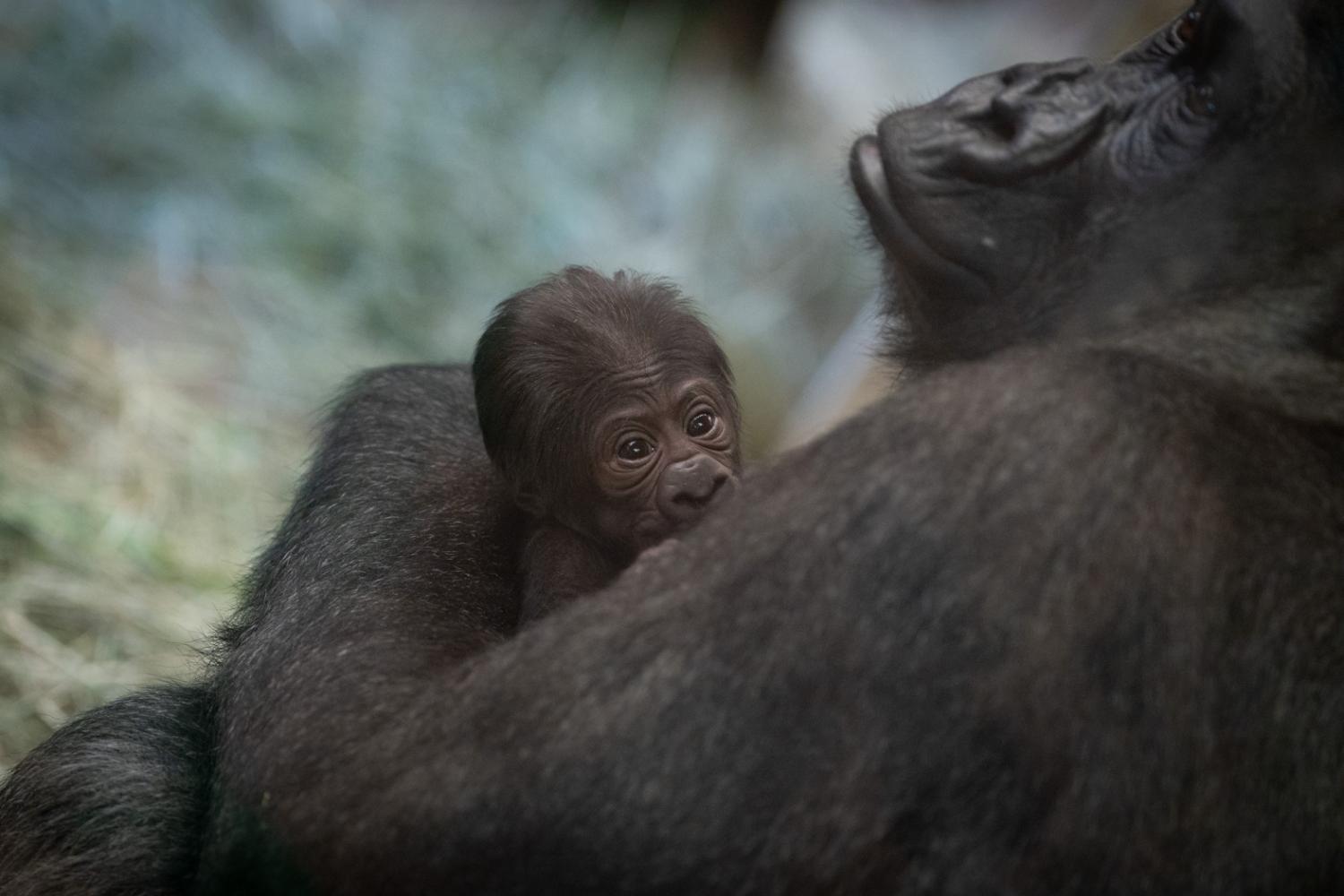
Surprise #1: The Columbus Zoo and Aquarium's gorilla family recently welcomed a baby...a birth that was unexpected, yet exciting for the care team and important for the conservation of a critically endangered species.
Surprise #2: The baby's mother, 8-year-old Sully, was believed to be a male gorilla before this surprise birth.
In December 1956, the Columbus Zoo was the first zoo in the world to welcome the birth of a baby gorilla. For the next 67 years, we have continued to make vital contributions to gorilla conservation. By sharing some additional details about this recent heartwarming news, we hope to inspire you to join us in our mission to protect the future of this amazing species.
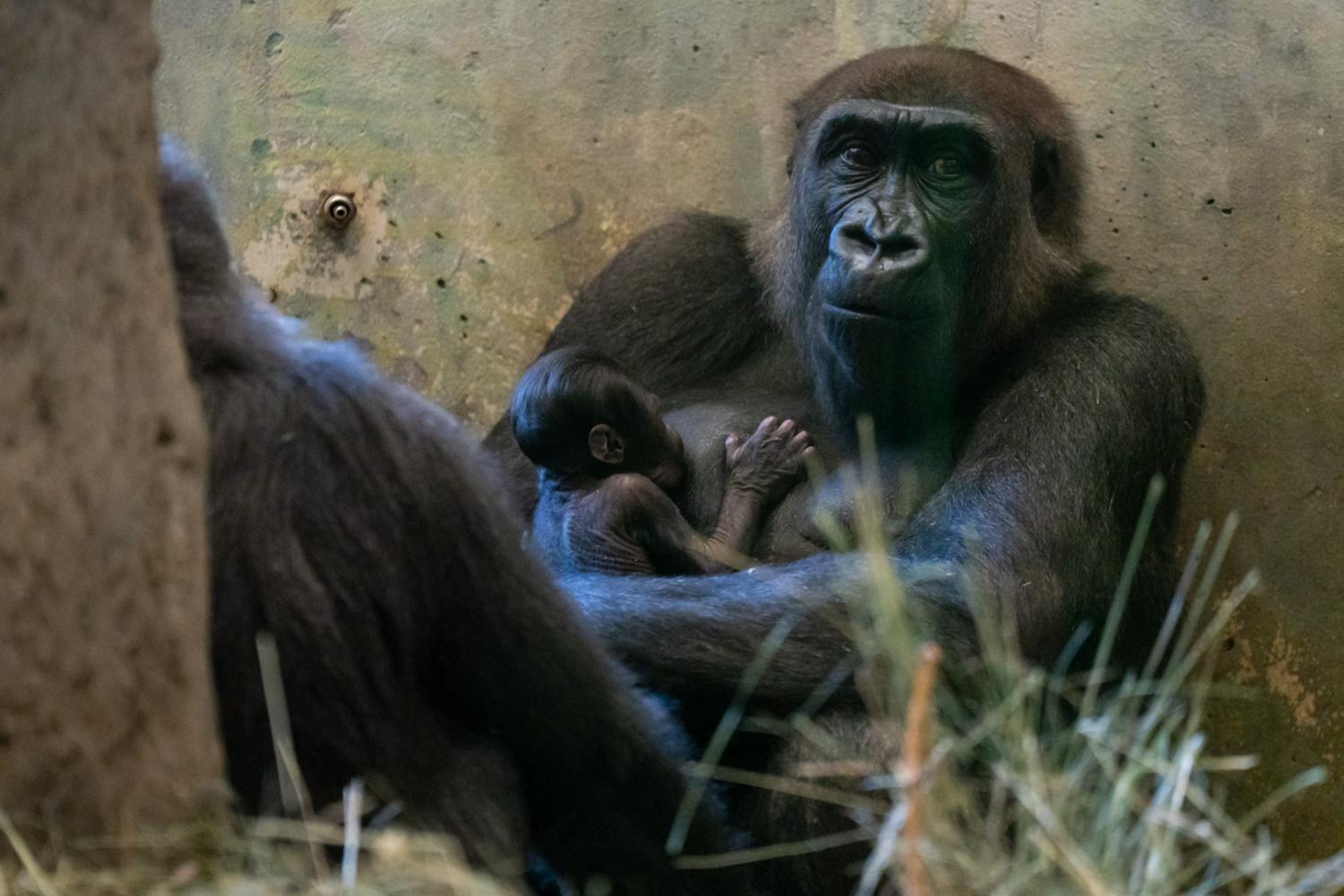
Why was this birth a surprise?
Sully, who has lived at the Columbus Zoo and Aquarium with her mother and fellow troop members since 2019, was initially thought to be a male, until the gorilla care team discovered her holding the unexpected baby gorilla early Thursday.
Why did experts think Sully was male?
Veterinarians at the zoo where Sully was born maintained a hands-off approach in their care, as Sully was a healthy baby being well-cared for by her mother.
Sully received a cardiac exam at the Columbus Zoo when she arrived. Great apes can be prone to have heart complications, and the Columbus Zoo team wanted to get a baseline on her heart health. Sully was in overall good health and there was no reason for the Columbus Zoo team to conduct further medical examinations. Sully was initially identified as male prior to her arrival at the Columbus Zoo (she arrived when she was 4 years old). At this age, it’s hard to tell the sex of younger gorillas. Until about the age of 8, males and females are about the same size, and they don’t have prominent sex organs. For the safety of the animals, professional zoos employ anesthesia only when absolutely necessary for medical reasons.
Were there any signs of pregnancy, such as breast development or behavioral changes?
No. Gorillas rarely show outward signs of pregnancy because the newborns are smaller than human babies and gorillas naturally have large abdomens. The Dian Fossey International Gorilla Fund, which protects gorillas in their native lands, says its trackers are always happily surprised to see a newborn, because they have no way to tell that a baby is on the way.
When did Sully become pregnant?
The gestation for a gorilla is 8.5 months, so she became pregnant late last fall.
Is 8 years old too young for a female gorilla to give birth?
Gorillas are biologically able to reproduce as early as age 5, so Sully is old enough to give birth.
Will Sully stay with her family group?
Yes! The troop is supportive of Sully and the infant, and they will remain as a social group.

How is the new baby doing?
The infant appears to be healthy, and first-time mom Sully is taking good care of her. The veterinary and animal care teams have not yet approached the infant, giving them time to bond with one another and with the rest of the troop, but will conduct a wellness exam soon.
Is Sully’s new baby male or female?
It’s a girl! Our team confirmed that visually and with photographs that were also sent to a primate expert at another leading zoological facility.
Who’s the father?
A DNA test will be done later to determine which male is the baby’s father. Sully lives in a social troop headed up by silverback Mac (age 39). The troop also includes two younger males, Kamoli (age 10) and JJ (age 6), and five females, Kinyani (age 40), Tabibu (age 31), Mo’ana (age 21), Kamina (age 8) and Zahra (age 5). A separate troop at the Zoo, headed up by silverback Ktembe (age 26), and has four females; Nia (age 29), Cassie (age 29), Sue (age 18), and Jamani (age 3).
How does the team feel about the new baby?
We’re thrilled by the addition of another birth for this critically endangered species. As the 34th gorilla born here since 1956 when the Columbus Zoo became the first zoo in the world to welcome the birth of a baby gorilla, she’s an important part of our work to conserve these magnificent animals.
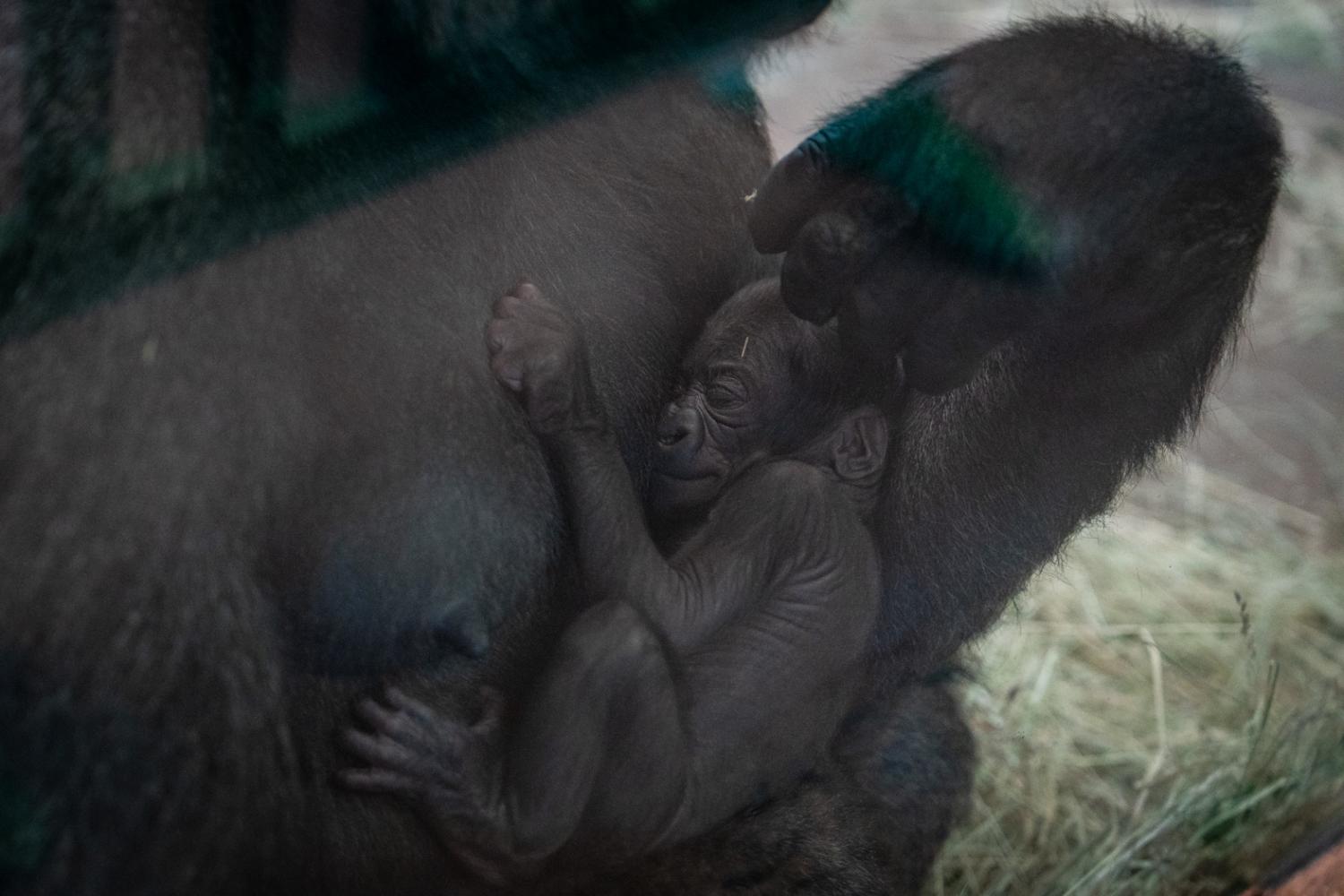
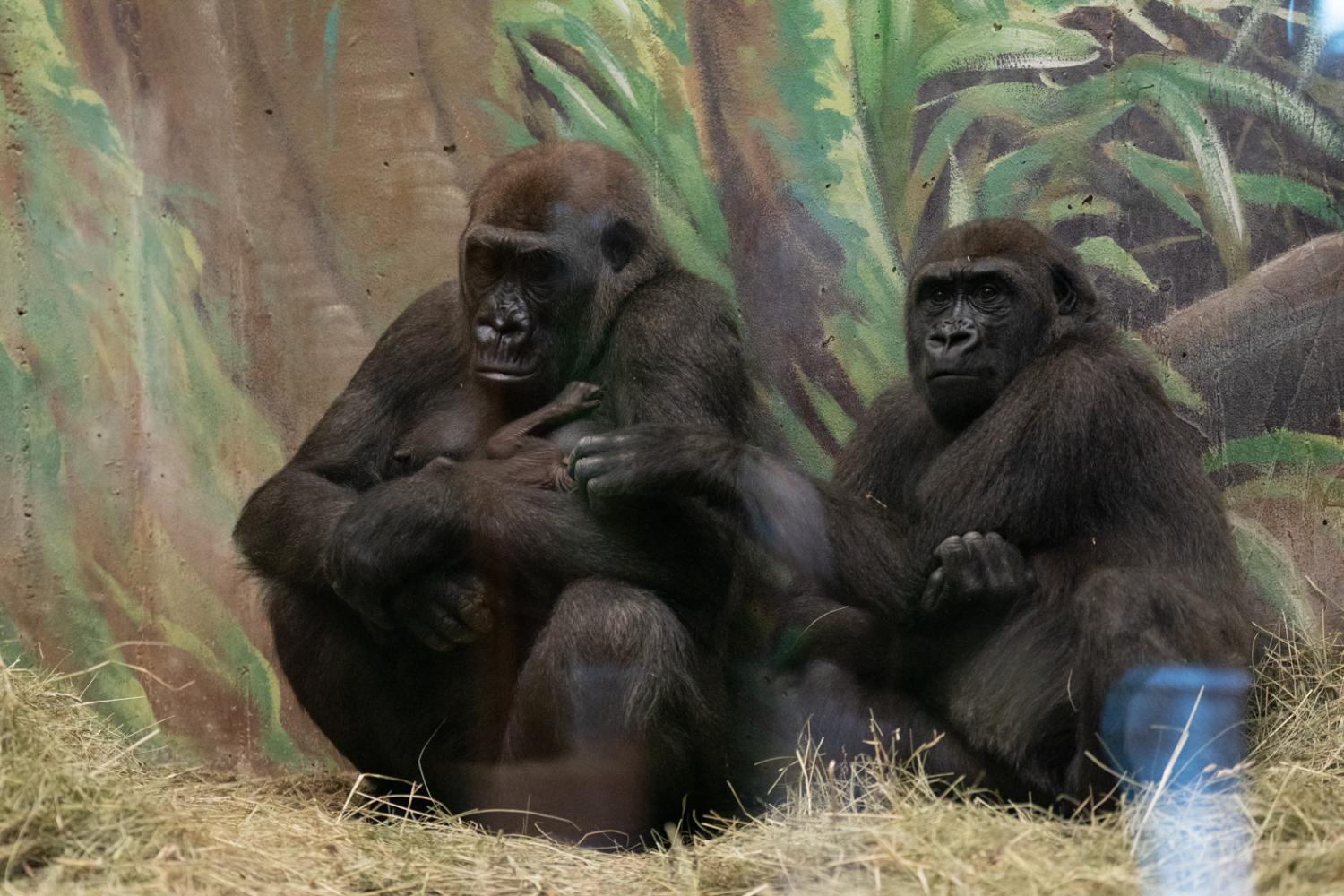
Why are western lowland gorillas critically endangered?
Habitat loss, deforestation and bushmeat have reduced their numbers to about 100,000.
Does the Columbus Zoo and Aquarium support gorilla conservation?
Yes, we are a proud supporter of several gorilla conservation projects in Central Africa, from research to rescue and rehabilitation missions. In 1991, the Columbus Zoo also founded Partners In Conservation (PIC), a grassroots effort to protect African wildlife through humanitarian projects. Over the last 27 years, PIC has supported more than 60 projects focused in Rwanda, Uganda and the Democratic Republic of Congo.
In addition to its world-class gorilla breeding program, the Columbus Zoo is known for being a pioneer in gorilla fostering for more than 30 years. The Zoo has been recognized internationally for the care of gorillas in social groups, including expanding social groups through the placement of young gorillas with foster mothers when their biological mothers were unable to care for them. Over the years, nine gorillas born at the Columbus Zoo have been raised through this fostering program and seven others have been sent from other zoos to receive care.
Learn More About Conservation Efforts at the Columbus Zoo
This exciting event shines a spotlight on the importance of preserving these magnificent creatures and their habitats. According to the International Union For Conservation of Nature Red List of Threatened Species™, western lowland gorillas are critically endangered in the wild due to deforestation, habitat loss, and the devastating illegal bushmeat trade.
Now that Sully and her baby have had some time to bond with one another and other members of their troop, we are proud to invited gorilla fans to officially celebrate the baby’s birth by visiting the indoor gorilla habitat. The habitat will re-open to guests starting Friday, July 21, 2023.
To ensure their comfort, the gorillas will have access to different areas, including behind-the-scenes habitats. We appreciate your patience and understanding as they choose where they wish to be throughout the day.
Visit Sully, the new baby, and the rest of the western lowland gorillas in the Zoo's Congo Expedition region.



